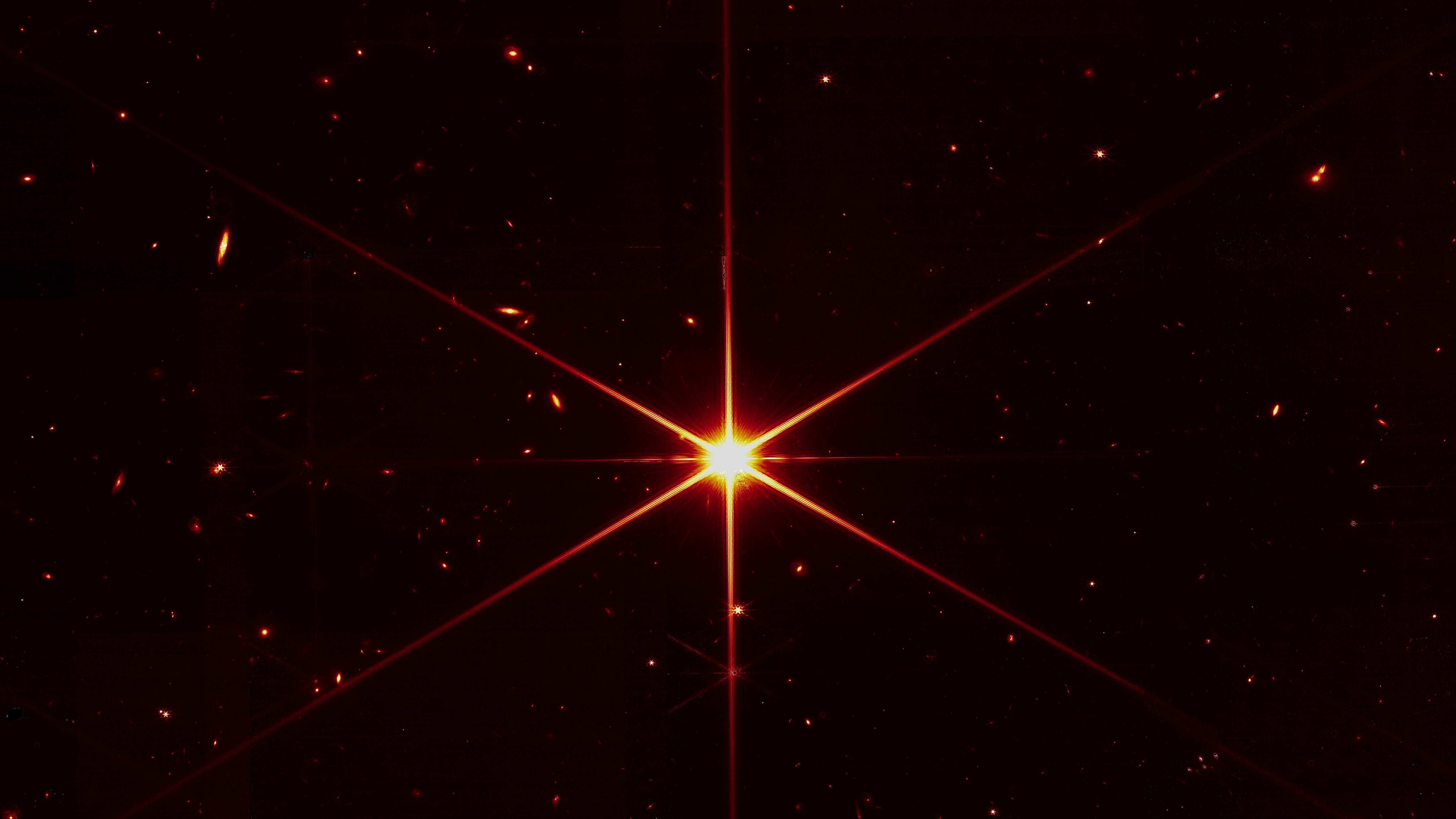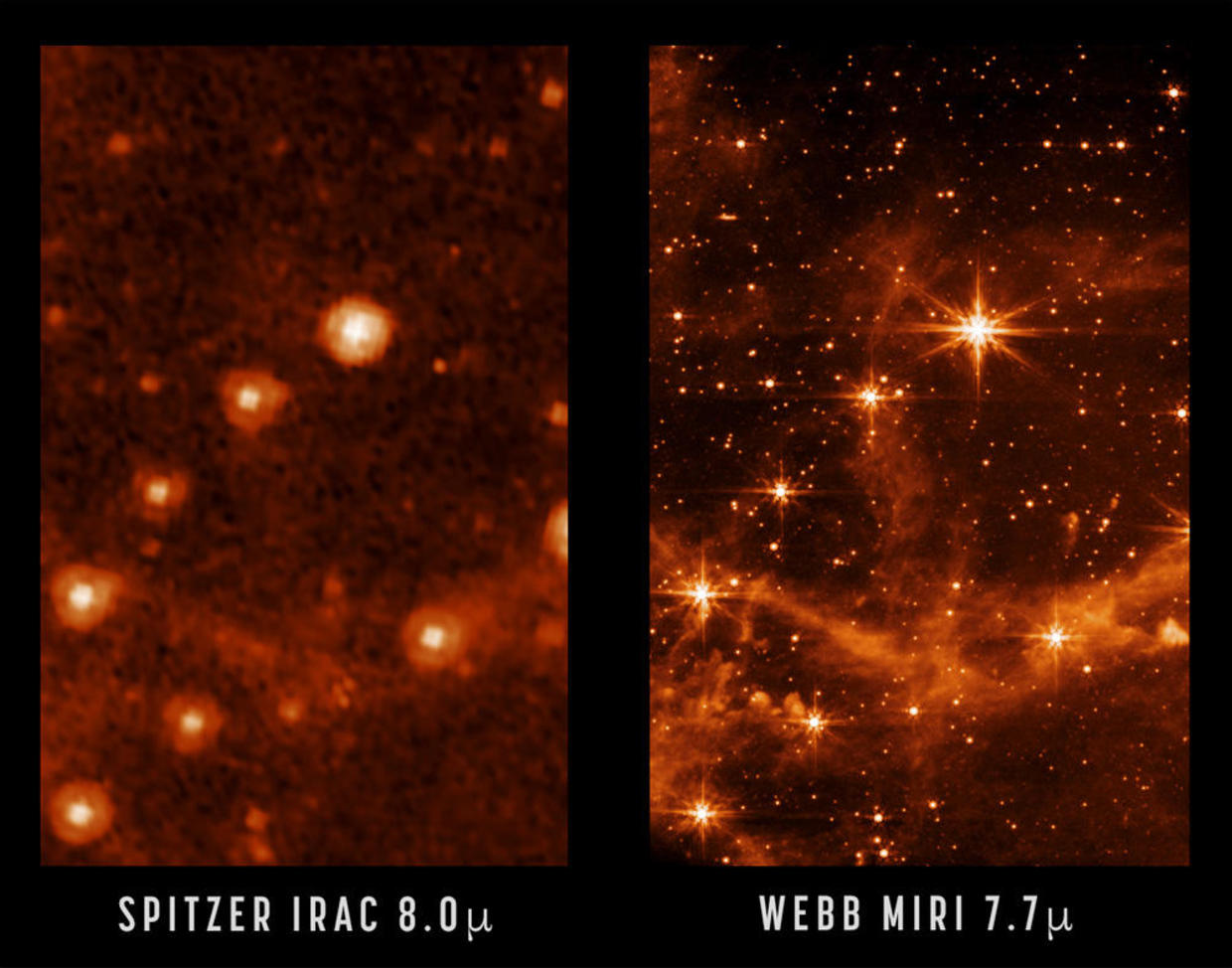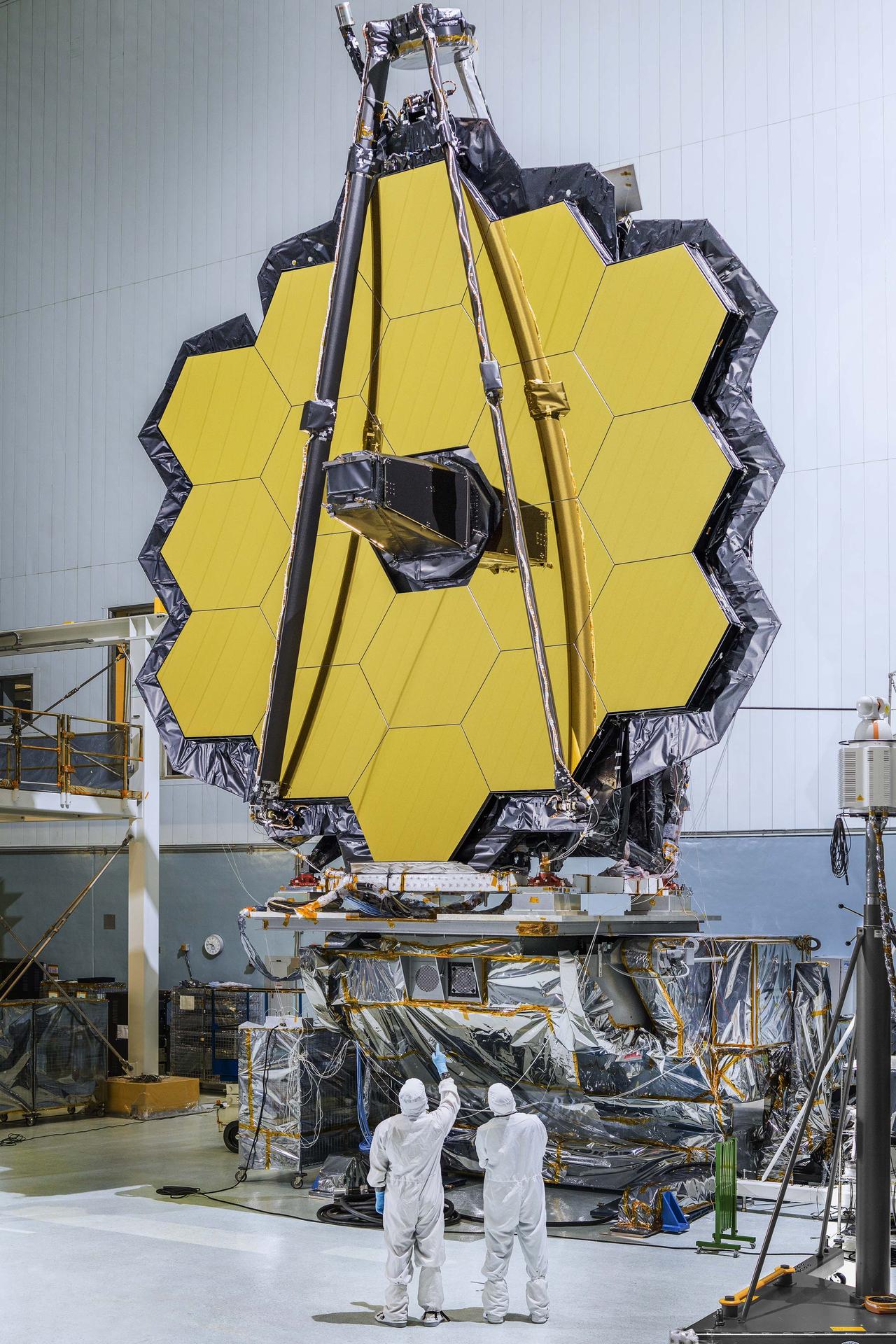James Webb Space Telescope images are so beautiful they bring scientists to tears
The James Webb Space Telescope is set to drop its first gallery of deep-space astronomy shots on July 12 and we can't wait

NASA's acclaimed $10 billion James Webb Space Telescope was launched on 25 December 2021, in replacement of the Hubble Space telescope. Nearly seven months after its launch has finally produced images that are, according to NASA, a portrayal that includes the deepest-field views of the universe ever captured!
The images expected to be released publicly on 12 July 2022 are astounding, and supposedly beautiful enough to almost bring NASA astrophysicist (Thomas Zurbuchen) to tears. The hard work has paid off, with the JWST about to show us a whole new perspective of space, and an extensive look at the universe as we've never seen it before.
With the coolest camera array in the solar system, we all had a sneak peak at the first-ever images taken by the James Webb Space Telescope back in April, in the form of tester images, where it was compared in quality to the now-retired Spitzer Space Telescope that first launched in 2003.
Technology has come leaps and bounds since then, and the enhanced details and sharpness of these engineering test images were possible thanks to the JWST's large (7x bigger than the Spitzer)'s segmented honeycomb mirrors, measuring at a total of 21.5 ft in length.
These latest anticipated images (around 10-20 predicted) however are said to be so beautiful that Associate Administrator for NASA’s Science Mission Directorate, Thomas Zurbuchen, was very nearly brought to tears when he first viewed them, as stated in a recent press conference.

The Telescope's first full-color images that it has taken are said to provide a “new worldview” into the cosmos, according to Zurbuchen."It’s really hard to not look at the Universe in a new light and not just have a moment that is deeply personal." He shares, "It’s an emotional moment when you see nature suddenly releasing some of its secrets, and I would like you to imagine and look forward to that.”
The JWST is the most powerful telescope and space observatory ever to be launched into space, and was designed primarily to conduct infrared astronomy and capture the faintest light in the universe, from the first generation of stars and galaxies, first formed over 13.8 billion years ago at the time of the Big Bang.
Get the Digital Camera World Newsletter
The best camera deals, reviews, product advice, and unmissable photography news, direct to your inbox!
Since its launch in December, the JWST has managed to unfold itself origami-style and get into the position where it will remain for the course of its mission, until 2028, and it has also successfully aligned all of its segmented mirrors in place, 18 in total.

By observing the past and looking farther beyond the light radiation that is yet to reach us, images produced from the JWST will likely surpass the Hubble Space Telescope's previous Ultra Deep Field survey image that captured nearly ten thousand galaxies, with the oldest visible ones dating back to around 800 million years after the Big Bang. With a much larger primary mirror, the JWST is capable of a much greater detection of invisible light penetrated by infrared waves.
Scientists plan to use the JWST to peer into the atmospheres of other worlds, searching for signs of potential life or habitability in the form of ammonia, water, and methane gas traces, and other biosignature discoveries. A soon to be golden age in our understanding of the wider universe, this might just be the tip of the iceberg on what NASA has under its sleeve, with talk of exoplanet spectrum studies.
NASA’s deputy administrator, Pam Melroy, has stated that "What I have seen moved me, as a scientist, as an engineer, and as a human being.” If this anticipated image reveal from NASA next week lives up to the current hype, we'll be pretty darn excited.
Join the other astronomers, scientists, engineers, astrophotographers, and pretty much the entire world who are intrigued by the possibilities and potential of what this new golden age of space imagery means for the developing understanding of our universe, and be sure to set your calendars for Wednesday, July 12 2022.

Check out the JWST image countdown landing page in anticipation for the first-light image release, and get live updates by visiting the official YouTube channel, NASA TV, for a continuous live stream.
Once released one by one on 12 July 2022, the new images captured by the JWST will be available to view via NASA's website and will simultaneously be made available on social media. You can also experience these images revealed via a televised broadcast in real-time at 10:30am EST and hear from NASA experts in the live stream taking place on NASA TV's YouTube channel, scheduled for the same time.
If you're feeling inspired to try capturing the universe yourself, check out the best camera for astrophotography and the best lenses for astrophotography.
Read more:
Best astrophotography software
Best telephoto lenses
Best star tracker camera mounts for astrophotography
Best CCD cameras for astrophotography
Best light pollution filters for night photography
Watch this! NASA rover captures video of a Martian solar eclipse
NASA has brought the Hubble Telescope's Wide Field Camera back to life

Beth kicked off her journalistic career as a staff writer here at Digital Camera World, but has since moved over to our sister site Creative Bloq, where she covers all things tech, gaming, photography, and 3D printing. With a degree in Music Journalism and a Master's degree in Photography, Beth knows a thing or two about cameras – and you'll most likely find her photographing local gigs under the alias Bethshootsbands. She also dabbles in cosplay photography, bringing comic book fantasies to life, and uses a Canon 5DS and Sony A7III as her go-to setup.
